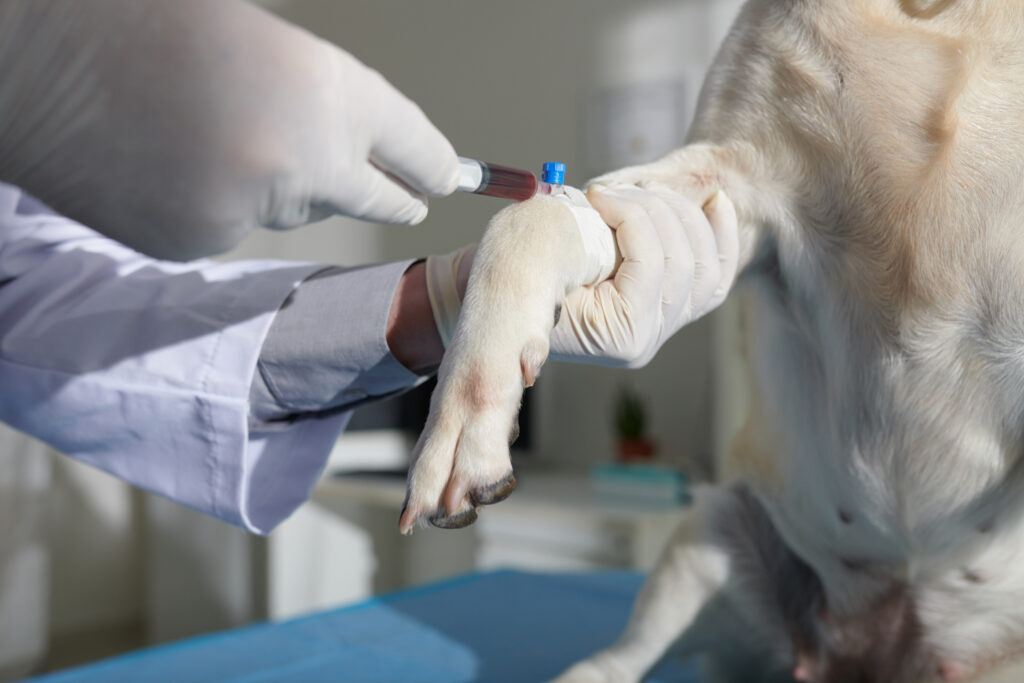
Dietary fiber is a critical component in managing gastrointestinal (GI) health and disease in companion animals, as well as removal of toxins. It consists of soluble fiber (which dissolves in water and is fermentable) and insoluble fiber (which remains intact during digestion). Both types of fiber offer unique benefits and limitations depending on the condition […] Read more »









